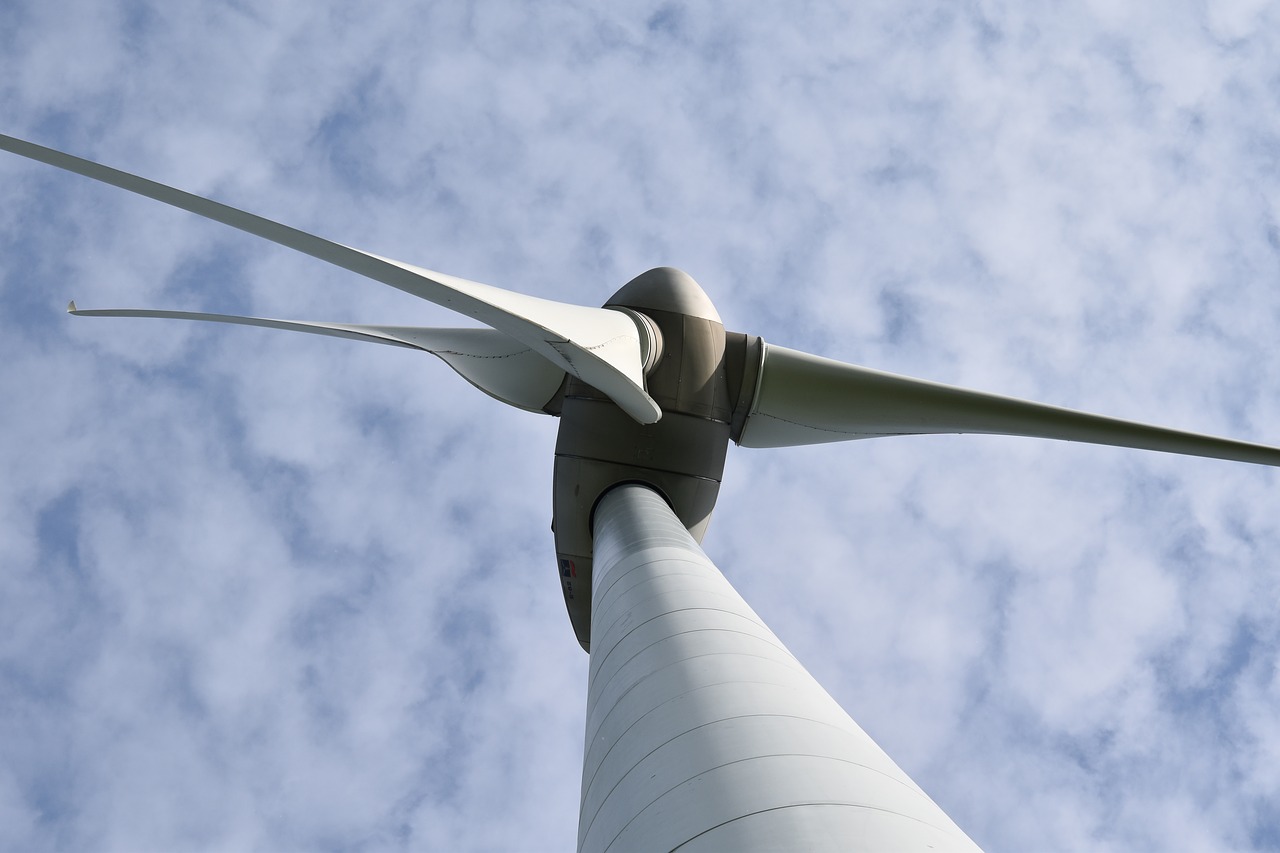The future of wind energy in 2025: Key trends and challenges ahead

Wind energy continues to play a central role in the global transition to renewable sources. With technological advancements, new energy storage strategies, and the expansion of offshore wind power, 2025 is set to be a year of significant transformations in the sector. Below, we highlight the key insights that will shape this market in the coming years.
1. Global market growth
The global wind energy industry is expanding rapidly. According to Mordor Intelligence, the global wind energy market is expected to grow at a compound annual growth rate (CAGR) of 45.66% over the next five years.
Additionally, China remains the absolute leader in installed capacity, followed by the United States and Germany. The role of these economies in technological advancements and equipment manufacturing will be essential in determining the competitiveness of the sector in the coming years.
2. Offshore wind energy expansion
Offshore wind energy is gaining traction due to its more stable power generation and the availability of vast ocean areas for new installations. With declining costs and increased turbine efficiency, offshore wind capacity is expected to grow significantly.
It is estimated that the offshore wind energy market will increase from $4.91 billion in 2024 to $6.6 billion in 2025, indicating a CAGR of 34.4%.
3. Technology and innovation: More efficient turbines and digitalization
Manufacturers are investing in larger and more efficient wind turbines, allowing for higher energy generation with reduced environmental impact.
- Large-scale turbines with rotors and higher power generation capacity per unit are lowering the cost per megawatt-hour produced.
- Digitalization is also playing an increasing role in optimizing the operation and maintenance of wind farms.
- Artificial intelligence (AI)-based systems are being implemented to predict failures and enhance turbine efficiency.
- Advanced data analytics and sensor technology enable more effective predictive maintenance, reducing operational costs and increasing turbine lifespan.
4. Sustainability and environmental impact
Wind energy is one of the cleanest renewable sources and plays a crucial role in reducing global carbon emissions. However, the expansion of wind farms requires careful planning to minimize environmental impacts, such as interference with local wildlife and land use.
Studies show that, with appropriate mitigation measures, these impacts can be reduced, ensuring that wind energy remains a long-term sustainable solution.
Furthermore, the sector has been a key driver of socio-economic development, promoting job creation and infrastructure investments in rural communities. In 2023, the global wind energy sector employed approximately 1.46 million people, reflecting a 4% increase compared to the previous year.
5. Challenges and opportunities
Despite rapid growth, wind energy still faces technical and structural challenges. One of the main hurdles is generation intermittency, but energy storage solutions and integration with other renewable sources have proven to be promising strategies.
A relevant trend is the advancement of energy storage technologies, which help stabilize the intermittent supply of wind energy. The use of large-scale batteries and hybrid generation systems (such as the combination of wind and solar energy) promises greater reliability in renewable energy supply.
Another critical factor is public acceptance and environmental permitting for new projects. While society is increasingly aware of the need for clean energy, the implementation of wind farms can face local resistance, particularly in coastal and rural areas. Transparency in planning and community engagement in project development are key factors for success in the sector.
The wind energy sector in 2025 will continue on a growth trajectory, with technological innovations, offshore wind expansion, and advancements in digitalization and storage. However, it will be crucial to address challenges such as energy intermittency, environmental concerns, and public acceptance to ensure a sustainable and competitive future.
If your company is looking to maximize the operational efficiency of its renewable energy assets, Delfos can be the ideal partner. With an AI-based intelligent platform, Delfos helps predict failures, optimize operations, and ensure greater profitability for wind and solar farms. Contact us and discover how to take your asset performance to the next level!
Book a meeting
Let's connect and forge new partnerships
Custom Renewable Energy Solutions
Contact us today to discuss your renewable energy needs and find the perfect solution for your business.

